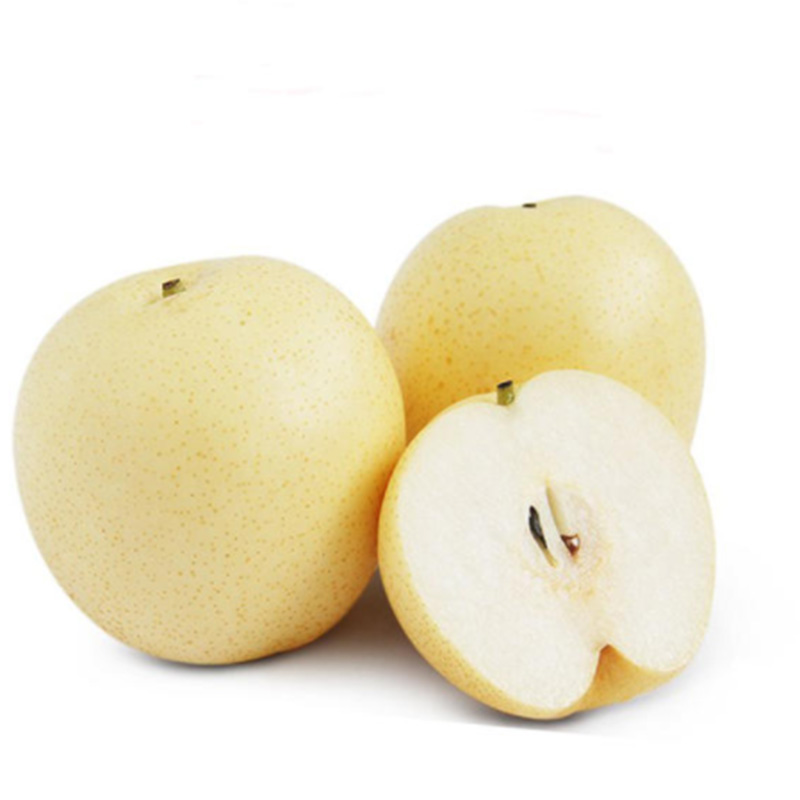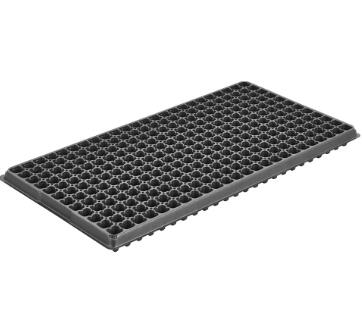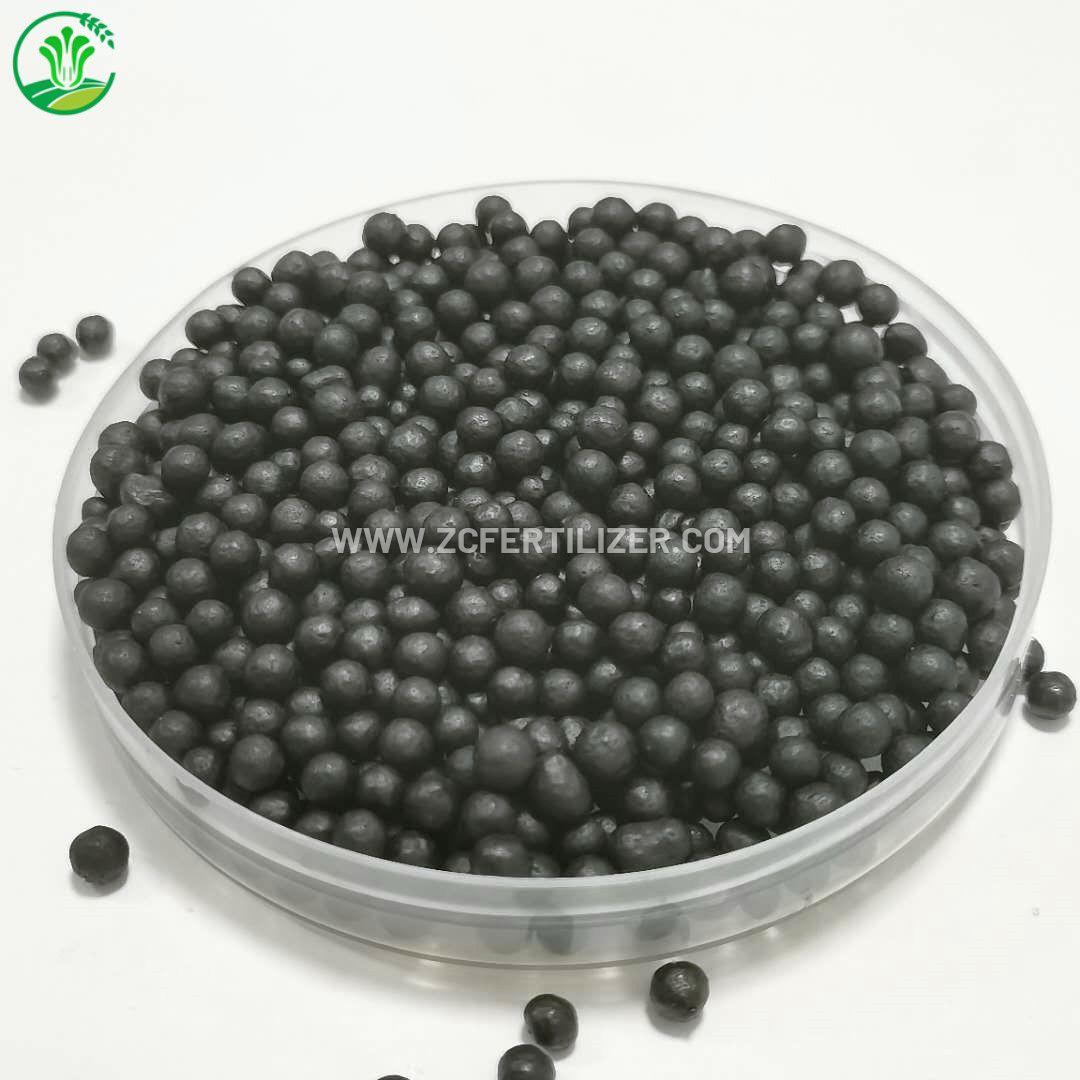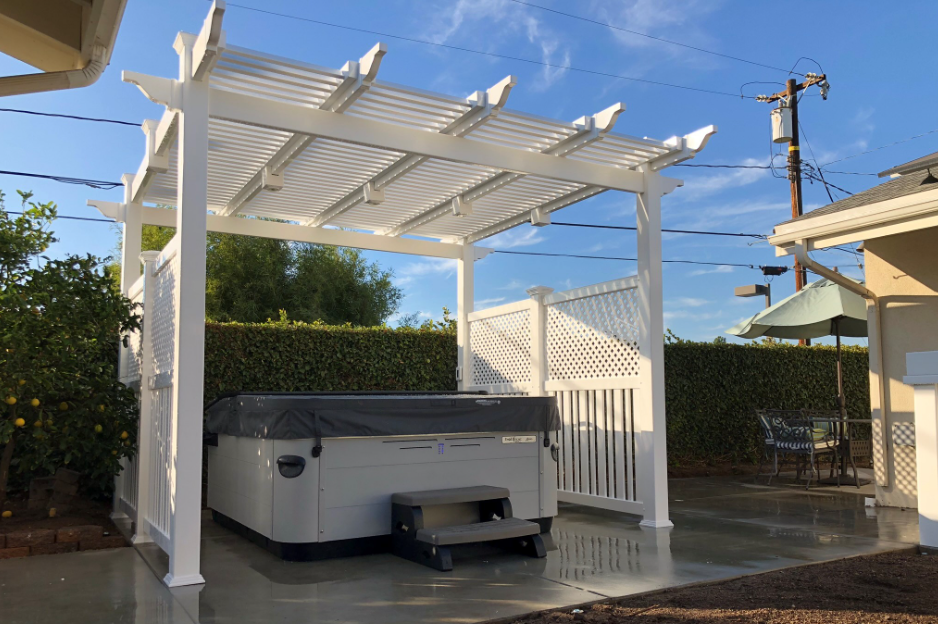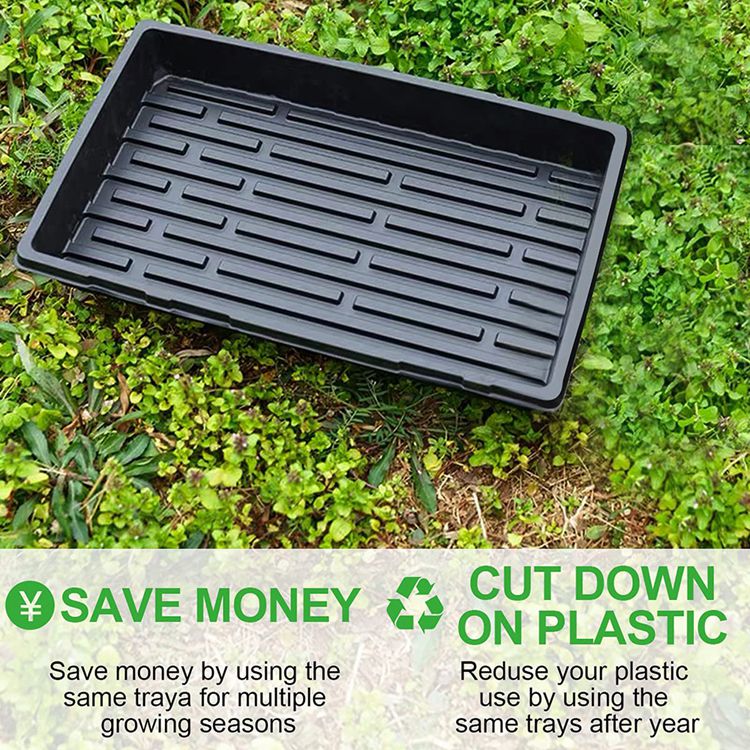5 Tips For Choosing The Right Digger Attachment for you.
5 Tips For Choosing The Right Digger Attachment for you.
Choosing the right attachment for your excavator can be a tough decision.
Link to GRS
There are so many factors to consider, from the size and type of your machine to the specific job you need to do. Then there's the cost to consider ' not all attachments are created equal, and you may find that the most expensive option isn't necessarily the best one for your needs.
In this article, we're going to give you five tips for choosing the right digger attachment for your needs.
We'll cover some of the different types of attachments, the benefits of each, and how to choose the right size and model for your machine. By the end, you'll have all the information you need to make an informed decision about the right attachment for your excavator.
1.Type
When it comes to choosing the right attachment for your needs, there are a few key factors to consider. Firstly, you need to identify the type of attachment you need. Is it a bucket, a grapple, an auger, or something else? Is it Hydraulic or Manual.
Each type has its unique pros and cons, so be sure to do your research and pick the best one for your job. We have a wide range of attachments available on our website www.bucketwarehouse.com
2. Size
Next, you should think about the size of your attachment.
Every attachment has a standard size that fits most excavators, but you should also make sure that the attachment will fit securely on your excavator without being too big or too small. Measure the size of your excavator before you purchase an attachment to ensure you get the right size. Finally, you should think about what your digger attachment can handle. Most attachments are designed to handle a variety of materials, but some have specific limits. Be sure to check the specs of the attachment you're considering to make sure it can tackle the job you need it to.
3. Compatibility
Once you've identified the type and size of attachment you need, the next step is to make sure it's compatible with your excavator. Most attachments have a universal mount, but there may be variations depending on the make and model of your machine. Be sure to check this before purchasing, We can help, just give Hardlife UK A call and we will be happy to talk you through pin sizes and other specs you need. You don't want to end up with an attachment that won't fit on your machine.
It's also worth considering the compatibility of spare parts. If you need to replace parts in the future, you want to make sure you can find the right ones quickly and easily. Look for digger attachments with commonly available parts Bucket Warehouse is UK based which makes obtaining parts a lot easier and faster.
This will make maintenance and repairs easier in the long run.
4. Ease of use
When choosing a digger attachment, you also need to think about how easy it is to use. Some attachments are simpler to use than others, with fewer moving parts and easier installation and maintenance. Look for attachments that are intuitive to use and require minimal training to operate. This will make your job much easier in the long run.
5. Budget
Of course, the cost is always a factor when it comes to choosing a digger attachment. There are a range of attachments available to suit all budgets, but it's important to remember that cheaper doesn't necessarily mean better. Don't be tempted to skimp on quality to save a few pounds. Check customer reviews and read up on the features of each attachment to make sure you're getting the best value for money.
Conclusion
When it comes to choosing the right digger attachment for your needs, there are a few key factors to consider. Think about the type, size, compatibility, ease of use and budget. Be sure to do your research and read up on the different types of attachments, their benefits, and their limitations. With this information in hand, you'll be able to make an informed decision about the right attachment for your excavator if you have any questions our friendly tech team are always around to answer any questions you may have.
How to Choose the Right Excavator Bucket
Choosing an excavator for your job is only the first step in acquiring the tools you need. Whether they're mini or large, excavators are incredibly versatile because of the available bucket and attachment options. Given the many types of backhoe and excavator buckets on the market, a lot of factors contribute to finding the right bucket for the job.
From understanding excavator bucket dimensions to learning about the different excavator bucket types, this guide will teach you how to choose the right excavator bucket for your needs.
Choose An Excavator Bucket That Suits Site Conditions
When choosing an excavator bucket, the first thing to consider is the specific application and type of material you are handling. You typically want to find the biggest bucket for your job, taking into account the material density and the size of the hauler truck.
Remember the weight of the bucket limits your cycle time, and the bucket only becomes heavier when loaded with heavy materials. As a general rule, use a small excavator bucket for higher-density materials to avoid slowed productivity. You want to be able to load your hauler truck quickly with as few cycles as possible to reduce fuel consumption, wear, and downtime.
Different applications can also require specific types of buckets. For example, you wouldn't be able to dig an 18-inch trench with a 30-inch bucket. Some buckets have features to handle certain types of materials. A rock bucket has a V-shaped cutting edge, and long, sharp teeth that can break through hard rock and push heavy loads with more power. A digging bucket is known to handle hard soil. Consider the type and density of your material and ensure you select a bucket that is capable of lifting it.
Excavator Bucket Types
An excavator can do anything from digging trenches and laying pipes, to landscaping and moving snow. Several bucket types enable an excavator to handle various materials within these applications. While there are also many specialty buckets available, the five most popular buckets include:
- General-purpose, all-purpose, or digging buckets
- Grading, cleaning, or ditching buckets
- Heavy-duty or severe-duty buckets
- Trenching buckets
- Micro trenching buckets
- Angle tilt buckets
- Tilt ditch cleaning buckets
- Skeleton buckets
- Utility buckets
What is a General-Purpose Bucket?
A general-purpose bucket has the most versatility and is appropriate for many excavating tasks. It is also known as a digging bucket, and it is the standard attachment that comes with an excavator. If you rent an excavator without specifying a bucket, you'll probably receive a general-purpose bucket. It comes with short, blunt teeth that work great on soil and are available in many sizes for various applications.
Here are some of the materials you can move with an all-purpose excavator bucket:
Explore more:The Advantages of Implementing Eco-Friendly Packaging Solutions
Benefits of Stainless Steel Sectional Water Tanks
Key Considerations to Make When Choosing Eco-Friendly Cleaning Products
How Machined Seals Revolutionize Industrial Efficiency Today?
How Does a Film Fill Cooling Tower Work?
Everything You Need To Know To Find The Best t type skeleton oil seal
How to Customize Your Oil Seal Effectively?
If you are looking for more details, kindly visit Excavator Attachments for Sale.
- Dirt
- Sand
- Topsoil
- Clay
- Gravel
- Loam
- Silt
- Ground with loose gravel or stones
- Frost-covered soil
You can also find wear-protection components to allow an all-purpose excavator to work with more abrasive materials.
What is a Grading Bucket?
Grading buckets stand out for their smooth edges, wide construction, and flat cutting edges. They also have lift eyes, weld-on side cutters, and reversible bolt-on cutting edges. This construction creates smooth edges for all digging areas and works best with soft materials and soils. Grading buckets, also called clean-up or ditching buckets, have a lot of versatility for loading material, grading, leveling, back-filling, sloping, and cleaning ditches for improved drainage.
When you know how to use a grading bucket, you can use it for many applications, including:
- Landscaping
- Ditch maintenance
- Slope shaping
- Road construction
- Utility work
What is a Heavy-Duty Bucket?
A heavy-duty or severe-duty bucket is usually made from high-strength, abrasion-resistant steel. Because of their superior durability, these attachments are often used in rock quarries to load trucks with high-density material in fewer passes.
Cat® excavator buckets come in general-, heavy-, severe-, and extreme-duty varieties. They provide enhanced digging for heavy or abrasive materials, such as:
- Blasted rock
- Hard-packed clay
- Stone
- Sharp rock
- Ripped basalt
- Gravel
- High-silica sand
- Shot granite
- Shale
Severe- and extreme-duty buckets can handle even heavier materials, including:
- Limestone
- Sandstone
- Broken slag
- Basalt
What is a Trenching Bucket?
Like a grading bucket, a trenching bucket is used for trench digging. It works well for narrow cable trenches, pipe culverts, and drains. It has a narrow shape, a sharp, flat blade, and an extended front section for better access. This tool can dig deep trenches while maintaining a fast cycle time. A trenching bucket should be used for high-precision jobs, such as digging around pipes.
What is a Micro-Trenching Bucket?
This narrow bucket looks almost claw-like and is used to dig deep trenches that are only a few inches wide. It can save contractors a significant amount of time in backfilling and digging. It can also be known as a fiber-optic bucket because it is useful for creating trenches for laying fiber-optic cables, irrigation systems, and pipes.
What is an Angle Tilt Bucket?
An angle tilt bucket has many of the same applications as a grading bucket ' with the added feature of 45-degree rotation in either direction. Because of the tilting ability, these buckets are useful for creating precise slopes. They also allow an excavator to move or shape more land without changing positions as frequently. These features may allow you to experience increased uptime with heavy-duty construction.
Angle tilt buckets come in many sizes for a variety of applications, such as:
- Grading
- Trenching
- Ditch cleaning
- Sloping
- Clearing land or snow
- Finishing
- Leveling
- Landscaping
- Digging in hard-to-reach areas
What is a Tilt Ditch Cleaning Bucket?
A tilt ditch cleaning bucket does exactly what its name suggests. This specialized cleaning bucket shares a similar design to a grading bucket. It can tilt at a 45-degree angle to allow the operator to work at difficult angles. Many consider this a 'finishing' bucket used at the end of a project for tidying and creating smooth finishes.
What is a Skeleton Bucket?
Visually, a skeleton bucket closely resembles a digging bucket. However, there is a major difference between the two. A skeleton bucket has large slots that work like a grid on its back. This is used to let fine materials filter through it, leaving behind larger materials.
The skeleton bucket is a versatile tool that does two things at once. It works as a usual excavation bucket that simultaneously separates stones, concrete, and trash from useful or building materials.
What is a Utility Bucket?
Utility buckets are incredibly useful tools when excavating near pipelines and cables. When cables are struck, it can harm the excavation crew and affect the system they are connected to. With a utility bucket, a crew can work without worrying about the risks of striking cables.
The bucket is double-enforced by using rounded edges rather than teeth, improving structural integrity. This bucket type is best suited for working near gas lines, water and sewerage pipes, and underground cables.
What Types of Specialty Excavator Buckets Are Available?
Besides the most commonly used buckets, you can find a variety of specialty bucket designs to use for specific jobs:
- V-bucket: As a special kind of bucket for trench-digging applications, a V-bucket can dig long, angular, V-shaped trenches. It's often used for laying pipes and utility cables.
- Rock bucket: A rock bucket has a similar design to general-purpose digging buckets. It has long, sharp teeth with a V-shaped cutting edge for optimal pushing power. The rock bucket can break through hard rock with ease.
- Frost bucket: A frost bucket is a more specialized version of the rock bucket. The frost bucket has more teeth than a rock bucket to help it rip through hard surfaces. Its specialized design helps it dig through frozen ground better than any other type of excavator bucket. The climate you work in will determine if a rock or frost bucket is the better choice. The frost bucket is best suited for very cold conditions and mountainous areas where frozen ground is common.
- Hard-pan bucket: A hard-pan bucket has a similar design to a rock bucket and comes with attached ripper teeth on the back of the bucket. It can loosen compacted soil while digging.
Renting or Buying Used Excavator Buckets? Know What to Look For
With so many types of excavator buckets, it's a good idea to consider renting one when you need to accomplish a particular task. If you plan to use the bucket for many jobs, you can save money by buying a used excavator bucket. If choosing a previously owned or rented bucket, you need to understand how to inspect for damage or repairs. Look for the following elements:
- Cracks, bends, and dents: The weld points on the bucket may develop cracks, dents, or bows. A fissure in the welding will appear to have a fringe of rust.
- Rust: Rust is one of the signs of excessive wear in an excavator bucket. If you spot rust, consider whether you can refurbish it or if the bucket is in too poor condition.
- Scalloping: Excavator bucket teeth material is a low alloy steel made for strength and durability. Over time, if the bucket teeth are worn, they will take on a half-moon shape. Scalloped teeth are still operational, with some reduced efficiency. If the teeth are worn down, you may consider investing in replacement teeth or plan to replace them soon.
- Parts availability: The bucket's teeth and other customization features will eventually wear out. If the bucket is a discontinued model, you may have trouble finding replacement teeth. Before you buy, check online to see where you can buy the correct parts and if they are affordable and easy to find.
- Fit: Whether you rent, buy new, or buy used, the bucket needs to fit your excavator. A bucket that's too heavy for your excavator size will be inefficient and even damage your machine. Once you have checked to ensure it is the correct size and weight for your excavator, attach it to ensure a proper fit.
- Play or movement: Once the bucket is attached, try to open and close the bucket. Check for looseness in bushings, pins, or couplers.
- Dig: If everything is in working order, try digging with the bucket to ensure it works. Consider the cycle time you can achieve compared to other buckets.
Selecting an Excavator Bucket Size
Most construction projects benefit from a bucket that will increase productivity by reducing the number of passes the tool needs to make. Select the biggest excavator bucket that won't compromise efficiency ' except when you have a particular size requirement, like when digging a trench.
Remember that the bucket you use on a 20-ton excavator would be far too big for an 8-ton excavator. A bucket that's too big will require the machine to do more work, and each cycle will take longer, reduce efficiency, or cause the excavator to topple over.
Excavator Bucket Size Chart
Generally, a range of bucket sizes will work for the excavator you have. Mini excavator bucket sizes can range from specialty 6-inch buckets to 36-inch buckets. Keep in mind that some sizes only apply to grading buckets, and you shouldn't use other types of buckets with those dimensions.
To see what size of bucket is possible for the weight of your excavator, use this excavator bucket size chart:
- Up to 0.75-ton machine: Bucket widths of 6 inches to 24 inches, or 30-inch grading buckets.
- 1-ton to 1.9-ton machine: Bucket widths of 6 inches to 24 inches, or grading buckets 36 inches to 39 inches.
- 2-ton to 3.5-ton machine: Bucket widths of 9 inches to 30 inches, or 48-inch grading buckets.
- 4-ton machine: Bucket widths of 12 inches to 36 inches, or 60-inch grading buckets.
- 5-ton to 6-ton machine: Bucket widths of 12 inches to 36 inches, or 60-inch grading buckets.
- 7-ton to 8-ton machine: Bucket widths of 12 inches to 36 inches, or grading buckets from 60 inches to 72 inches.
- 10-ton to 15-ton machine: Bucket widths of 18 inches to 48 inches, or 72-inch grading buckets.
- 19-ton to 25-ton machine: Bucket widths of 18 inches to 60 inches, or 84-inch grading buckets.
How is Excavator Bucket Capacity Calculated?
Each job's bucket capacity depends on the size of your bucket and the material you are handling. Bucket capacity combines the material fill factor and density, the hourly production requirement, and cycle time. You can calculate your bucket's capacity for a particular project in five steps:
- Find the material weight, expressed in pounds or tons per cubic yard. Refer to the Fill Factor Data Sheet provided by the bucket manufacturer to find the fill factor for that particular material. This figure, expressed as a decimal or percentage, specifies how full the bucket can be with this type of substance.
- Find the cycle time by timing a loading operation with a stopwatch. Start the timer when the bucket begins digging and stop when the bucket starts to dig a second time. Take 60 divided by the cycle time in minutes to determine cycles per hour.
- Take the hourly production requirement ' set by the project manager ' and divide it by the cycles per hour. This calculation gives you the amount in tons moved per pass, known as the per cycle payload.
- Take the per cycle payload divided by the material density to arrive at the nominal bucket capacity.
- To calculate the heaped capacity of your bucket, you need to factor in the volume of the bucket and the weight of the material on top when it is not leveled off. First, measure the volume of the inside of the bucket, then add the material's angle of repose. The ratio to work with is 2:1 for wheel loader buckets and 1:1 for hydraulic excavator buckets.
- The struck capacity is the volume of your bucket after being leveled across the top of the bucket. Calculate the struck capacity by measuring the volume of the bucket by multiplying the length, width, and height.
- Divide the nominal bucket capacity by the fill factor. This number tells you exactly how many cubic yards of material you will be able to lift with each cycle.
Excavator Bucket Customization and Accessories
To tool your excavator bucket for whatever applications you have in store, you can customize the bucket with many add-on features:
- Teeth types: One of the most common ways to customize an excavator is with different kinds of teeth on the front of the bucket. Teeth come in many shapes for various purposes. Chisel teeth have a smooth, angled tip with a flat bottom and are great for most applications. Rock chisel teeth have a strengthened chisel tip, suitable for rock and hard ground. Single tiger teeth have a pointed tip for good material penetration. Twin tiger teeth have two sharp prongs per tooth for even better penetration.
- Teeth spacing: You can also adjust the teeth spacing for different applications. Wider-spaced teeth can achieve better penetration in rock, while tighter teeth configurations work better in soil and trench digging.
- Edge configuration: Buckets can have either spade or straight edges. A spade edge works best for harder materials and quarry applications. Straight edges provide a cleaner cut in soil work, trenching, and site development.
- Side cutters: Excavator buckets typically come with side cutters thicker than the bucket's side. You can customize your bucket with additional bolt-on side cutters, also called root cutters, to help you dig through roots while excavating.
- Wear protection: Side cutters can also contribute to wear protection, alongside bottom and side wear plates, and sidebar protectors. These accessories will lengthen the life span of your bucket.
- Quick coupler: Excavators have many types of bucket attachments and can hold other attachments such as rippers, augers, rakes, and grapples. Being able to switch out accessories around your job site is crucial. A quick coupler lets you easily switch between many types of tools and buckets.
- Power-tilting coupler: A power-tilting coupler enables any tool to tilt along a 180-degree arc, or 90 degrees left or right of center, for the most precision.
- Thumb: For bulky or irregularly shaped loads, an excavator thumb can attach to the top of the excavator bucket to pinch material and keep it in place.
Changing the Teeth on Excavator Buckets
The best time to replace the teeth is before they wear down entirely and expose the bucket adapter. To fit the bucket with new teeth, follow these nine steps:
- Begin with safety glasses and safety boots. You'll need a hammer, a pin removal tool, a wire bristle brush, and the new teeth you wish to insert. For safety, tag out the machine before working on the bucket.
- Position the bucket so the teeth are parallel to the ground.
- Using a pin-removal tool, remove the existing teeth. Hammer the pin removal tool into the pin, so you are pushing against the retainer side of the tooth.
- Take the tooth off, and clean up the tooth adapter with a bristle brush.
- Insert the retainer into the corresponding recess in the adapter.
- Keeping the retainer in place, position the tooth on the adapter.
- From the opposite side of the retainer, insert the pin through the tooth and tooth adapter.
- Hammer the pin until it is flush with the end of the tooth.
- Check to ensure the recess in the pin is locked in place within the retainer.
Find Cat® Excavator Buckets and Attachments From Thompson Tractor
When you're ready to shop excavator buckets or need expert advice for your job site and machine, partner with the local leaders in tractor parts and repairs. We have a wide selection of Cat equipment attachments for excavators ' whether you're in the market for new or used buckets. Get the parts you need fast from the experts with over 60 years of experience in the business.
Get advice on your model number from our pros by contacting us or using our live chat feature today.
For more excavator clam shell bucketinformation, please contact us. We will provide professional answers.
10 Questions You Should Know About Oil Seal Fabrication Techniques
4 Tips for Selecting a Custom Bamboo Kite Stick Making Machine
Crafting Perfection: Custom Bamboo Kite Stick Machines
How do I plant Lebanese squash seeds?
Building a Shipping Container Greenhouse: A Comprehensive Guide
Zinc Sulphate Heptahydrate: Benefits and Uses
How to buy bulk tomato seeds?



